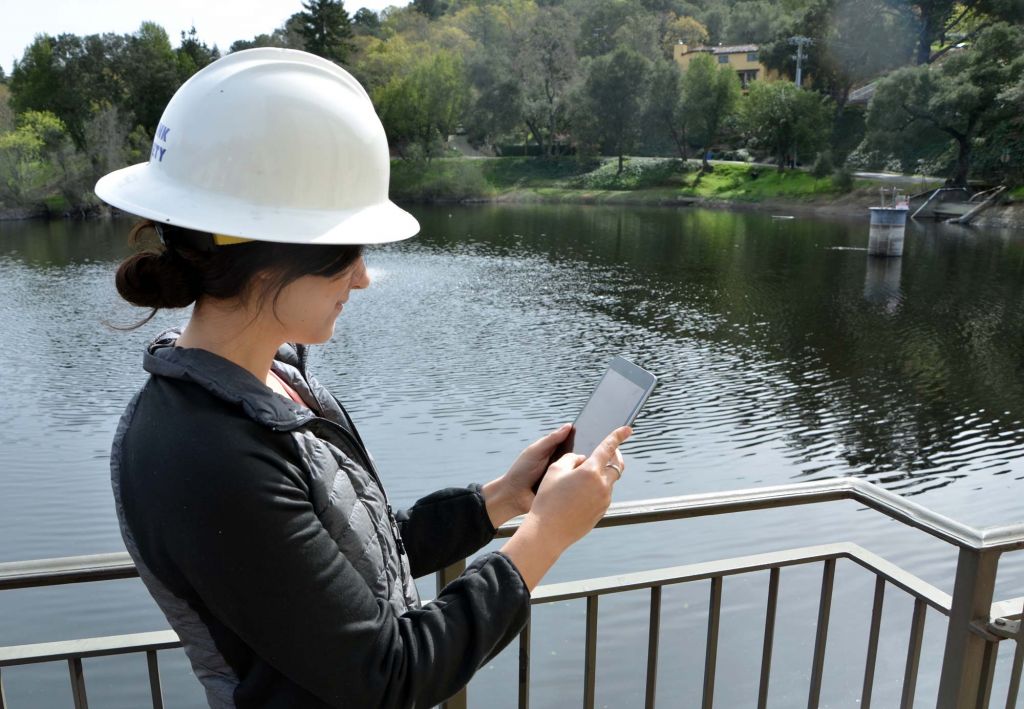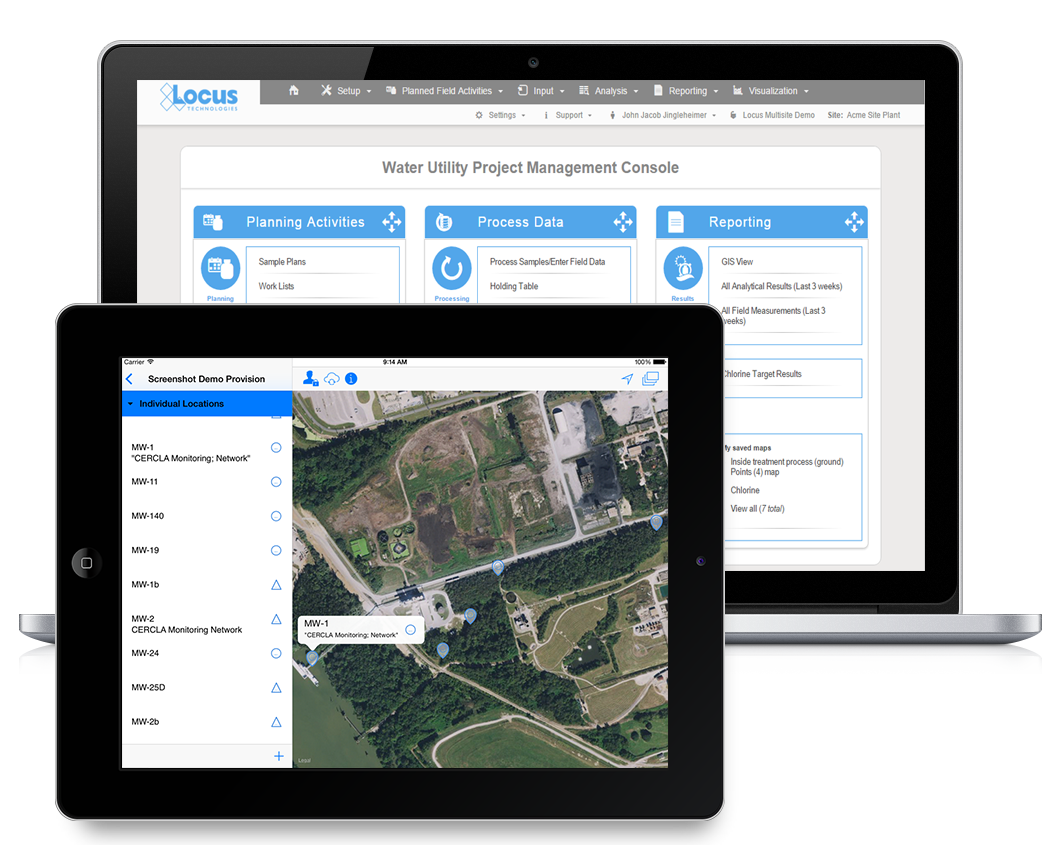Locus at 25 Years: A Long-Term Vision for Environmental Stewardship
Over the longer term, we envision a world where we can use shared environmental data to take a more concerted approach to our collective environmental stewardship. We consider the work at Locus an essential step in addressing a monumental global problem.
The conversation about the environmental landscape has evolved drastically over the last 50 years as we continue to understand how human activity has affected the planet. The 21st century’s environmental challenges are manifold as shortages of drinkable water; the impact of various pollutants that enter our atmosphere, including greenhouse gas emissions, wastewater, radioactive materials, and other hazardous materials; the strains of our ever-increasing population on limited resources, and threatened ecosystems; and climate change causing extreme weather conditions to push more and more of the population into a precarious situation.
Companies and society need a collective and holistic understanding of the problems we face. The only way to understand the whole picture and act meaningfully on a global level is for all companies to understand the impact of their activities. It’s impossible to mitigate the risks and effects of those activities on the planet when we do not have the data to characterize the problem and see a complete picture of what we face.
This whole picture will require us to monitor an unprecedented quantity of data, and with this massive data explosion, Locus’s current efforts come into play. We are working to ensure that we are prepared for this ever-increasing data tsunami by laying the groundwork with the companies and government agencies Locus works with daily. They are already tracking increased data, analyzing their activities, finding ways to operate more efficiently, producing fewer emissions and less wastewater, and improving their environmental footprints. Locus would like to see the scale of those mitigation efforts increase a thousand-fold over the next ten years and for our efforts to yield clear improvements in our collective environmental impacts.
While someday we may have environmental data sharing among all public and private organizations, the regulatory bodies that govern them, and the scientific community, which will provide us with an even more complete picture of our environmental activities, any coordinated effort is years in the making. In the meantime, Locus ensures we are ready to help tackle the problem.
This is the final post highlighting the evolution of Locus Technologies over the past 25 years. The previous post can be found here.


